In 2025, agentic AI is revolutionizing the way we build custom software development. These intelligent AI agents don’t just respond to commands; they collaborate, adapt, and actively shape software projects alongside human teams. With their ability to automate development, streamline decision-making, and accelerate delivery, agentic AI systems promise massive gains in productivity.
But to unlock this potential, we must adopt a human-first approach to AI in software development, one that prioritizes trust, transparency, and co-creation. This blog explores how agentic AI works, how it’s transforming software workflows, and why human-centered principles are essential for long-term success.

What Is Agentic AI and Why It Matters in 2025
Unlike traditional AI models that require explicit prompts or predefined tasks, agentic AI operates with a degree of autonomy. These systems can:
- Interpret high-level objectives
- Break goals into executable steps
- Make decisions based on context
- Adapt to new inputs and user feedback
- Collaborate dynamically with humans
Think of them as proactive digital project partners, not passive tools. They don’t just execute, they initiate and evolve alongside your team.
How Agentic AI Is Transforming Custom Software Development
The traditional custom software lifecycle planning, coding, testing, and deploying has long been complex and resource-heavy. Agentic AI in 2025 is reshaping this process in powerful ways:
Faster Prototyping
AI agents can generate wireframes, data models, and even working UI components from plain English requirements.
Smarter Code Generation
They not only write boilerplate code but also refactor legacy systems, recommend libraries, and optimize performance.
Real-Time Integration
Need APIs connected or infrastructure scaled? Agentic AI can handle orchestration and suggest best-fit services automatically.
Enhanced Quality Assurance
AI-driven testing suites simulate user behavior, analyze edge cases, and even patch vulnerabilities proactively.
With the right oversight, teams can move from concept to MVP in a fraction of the time.
Yet despite this acceleration, there’s a risk: dehumanizing the process or creating software that misses the mark because it’s optimized for “code completion,” not human value.
Why Human-Centered AI Design Is Essential
As agentic AI becomes more capable, the temptation to “let it run” increases. But true success lies in human-first AI design, building systems for people, with people.
Read more: Stanford’s approach to human-centered AI design
Co-Creation Over Delegation
Human stakeholders provide context, values, and intent. Agentic AI contributes speed and scale. This collaboration replacement is the sweet spot.
Transparency and Trust
AI decisions should be explainable. Why was this framework chosen? Why did the AI re-route a data flow? Transparent reasoning builds trust and helps teams stay informed.
UX Still Reigns
Even with AI in the loop, your end users are still human. That means accessibility, inclusivity, and ease of use must remain top priorities.
Ethics by Design
Privacy, bias, and fairness must be addressed proactively. Learn more about the OECD guidelines for ethical AI.

The New Role of Developers in an Agentic AI World
Agentic AI doesn’t eliminate the need for software developers; it elevates their role. Developers in 2025 are no longer just writing code; they are:
- Architects of adaptive systems
- Curators of data and feedback loops
- Testers of ethical assumptions
- Orchestrators of multi-agent workflows
Human expertise becomes more about guidance and governance, not just syntax and structure.
Explore more: How AI is changing developer roles
Case Study: Building a Custom CRM with Agentic AI
Let’s imagine a real-world example.
The Problem:
A mid-sized logistics firm needs a custom CRM that integrates with inventory systems, tracks leads, automates emails, and supports mobile access.
The Agentic AI Process:
- The team shares a plain-language brief: “We need a lightweight CRM with inventory sync and sales workflows.”
- The AI proposes a modular system with visual diagrams, database schema, and integration points.
- Developers review, adjust, and fine-tune edge cases (e.g., data compliance rules).
- The AI builds front-end components, APIs, and automation flows, checking in for feedback at every step.
- The first working version is tested and refined by the human team and real users.
Explore more real-world examples of AI-powered software.
The Result:
A tailored CRM solution is delivered in days, not months, with better UX, faster iteration, and reduced engineering strain.

Challenges of AI-Powered Software Development
Despite the benefits, agentic AI introduces new risks:
- Data Security: AI systems need access to sensitive information, raising compliance concerns.
- Reliability: Fully autonomous agents must be carefully sandboxed to prevent runaway automation.
- Skill Gaps: Teams must learn to interact with AI, not just build it. Human-AI collaboration is a skill in itself.
- Standardization: The ecosystem of tools, protocols, and agent platforms is still maturing.
Explore our ethical AI design principles for best practices.
The Future of Custom Software: AI Agents + Human Creativity
Agentic AI is not about removing humans from the equation. It’s about scaling human imagination and creativity. In 2025, the most successful software teams will be those who:
- Embrace agentic AI as collaborators, not just generators
- Keep humans in control of vision, values, and direction
- Design systems that evolve through co-creation, not automation alone
This isn’t just a technological shift, it’s a philosophical one.
Conclusion: A Human-First Blueprint for AI-Driven Success
Agentic AI is already transforming how we build software. But to ensure that transformation leads to meaningful, human-centered outcomes, we must put people first and let AI follow.
By designing workflows where AI augments our strengths rather than replaces them, we can build better software, faster, without sacrificing ethics, usability, or innovation.
📌 Ready to explore how agentic AI can work for your team?
Let’s build the future together, human-first.
👉 Contact us at sales@brainerhub.com
Frequently Asked Questions About Agentic AI in 2025
What is agentic AI?
Agentic AI refers to autonomous AI systems that can make decisions, take initiative, and perform tasks without needing explicit instructions for every step. Unlike passive AI tools, they behave more like intelligent collaborators.
How is agentic AI different from traditional AI?
Traditional AI responds to specific prompts or tasks, while agentic AI operates with a level of autonomy, interpreting goals, adapting to context, and dynamically collaborating with humans.
Can agentic AI replace software developers?
No. In 2025, agentic AI augments developers by handling repetitive tasks, suggesting improvements, and accelerating workflows. Human developers still guide strategy, ethical boundaries, and creative decisions.
Is agentic AI safe to use in enterprise projects?
Yes, when properly governed. Safety depends on responsible design, transparent decision-making, and human-first oversight. Organizations must implement compliance and ethical standards.
What industries benefit the most from agentic AI?
Industries like software development, healthcare, finance, e-commerce, and manufacturing are early adopters of agentic AI due to its ability to handle complex workflows at scale.
Do you have a project in mind? Talk to the experts.
Get in Touch
We’d love to resolve your queries with personalized assistance.
Contact us
Our Office
D-101/102/501/601 Titanium Square Building, Near Thaltej Cross Road, Sarkhej - Gandhinagar Highway, Ahmedabad, Gujarat 380059


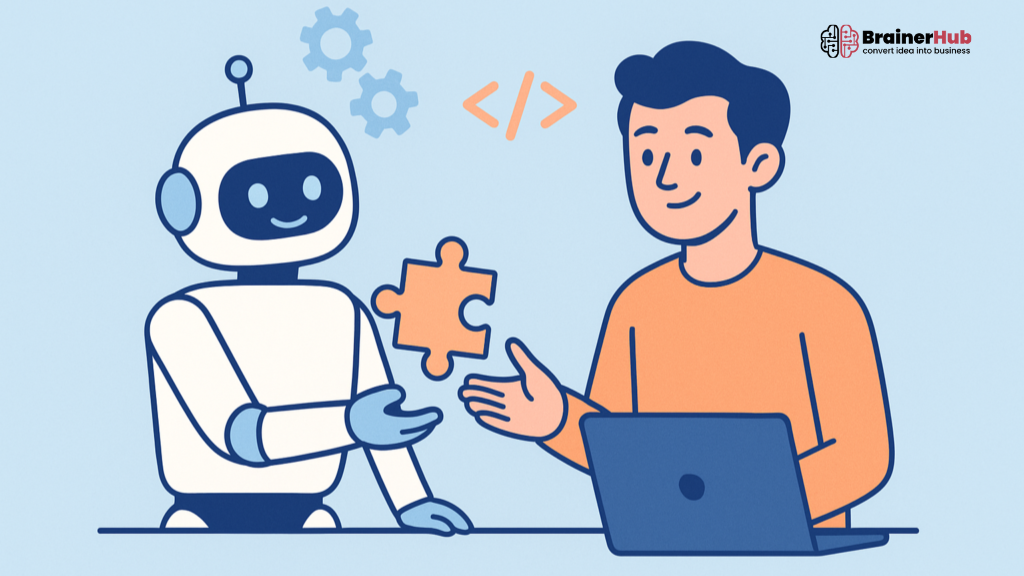
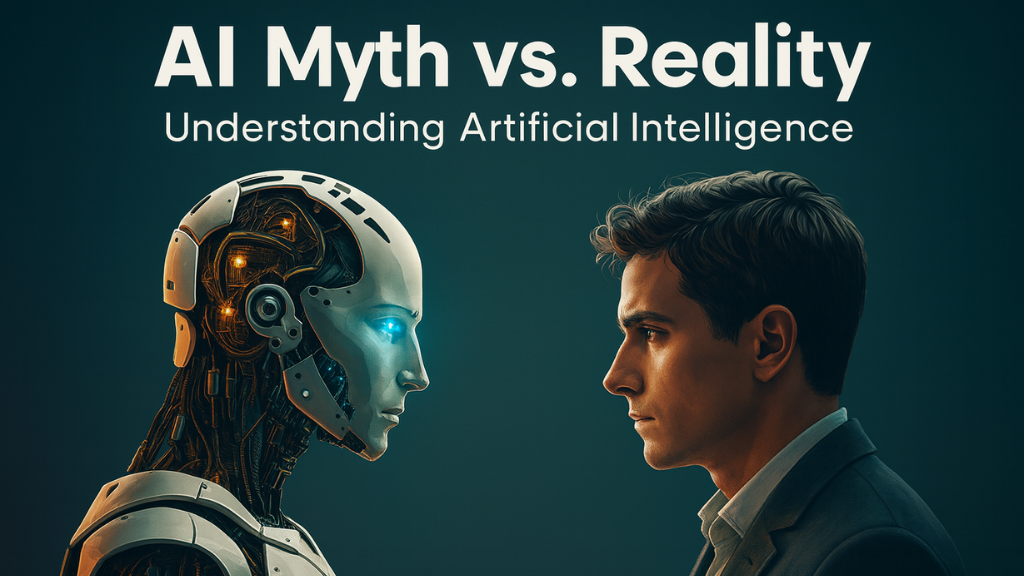
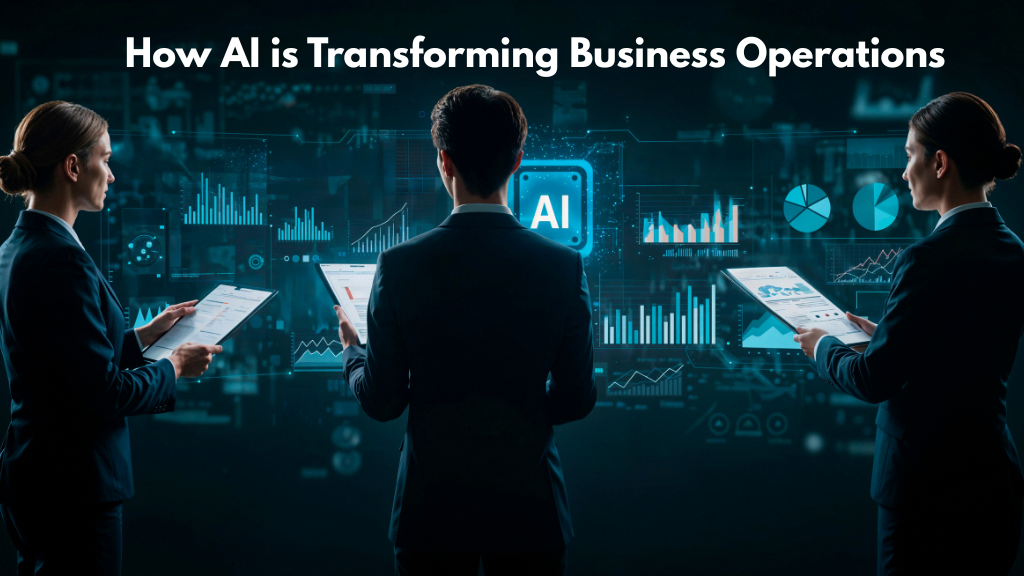
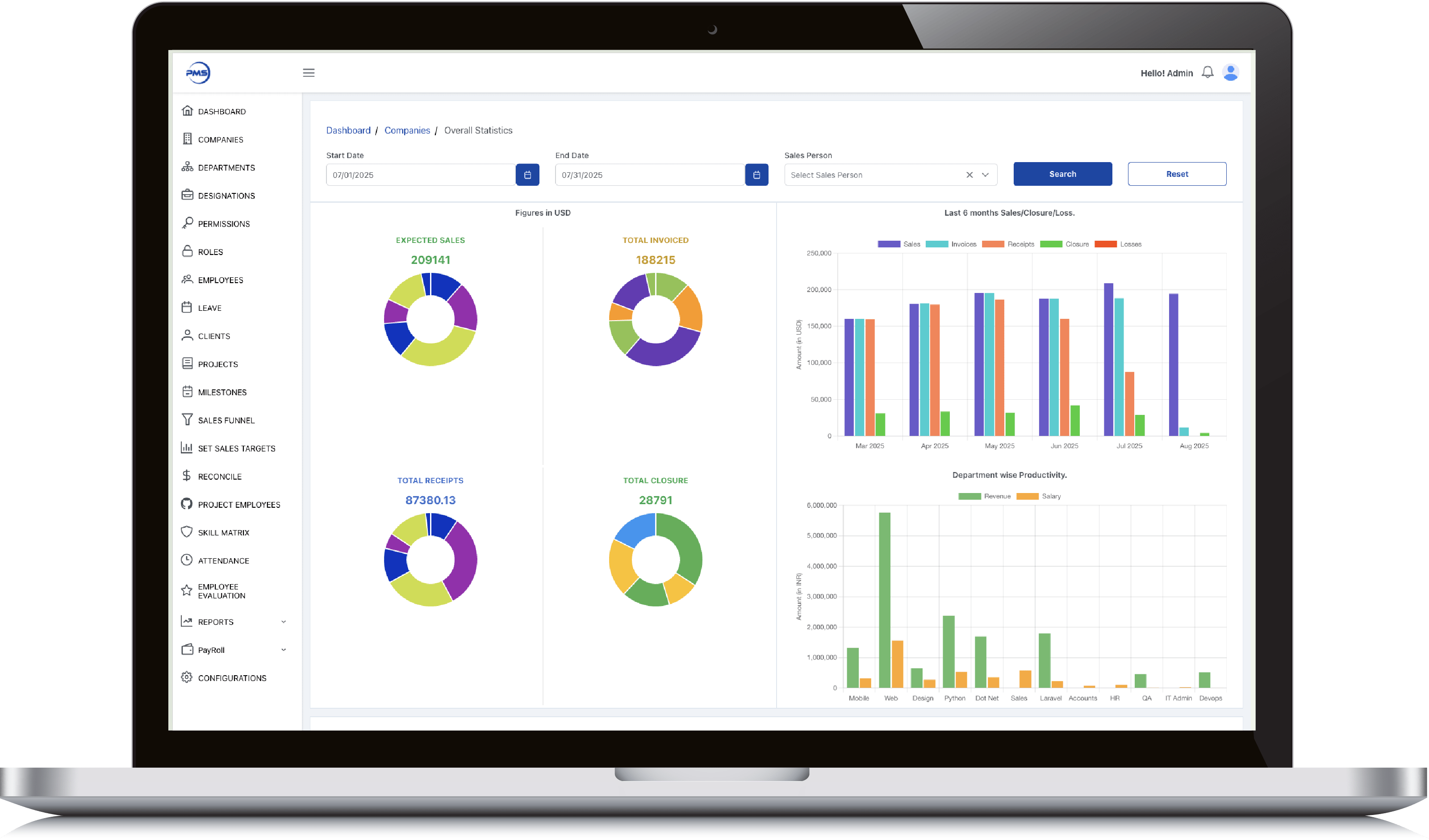

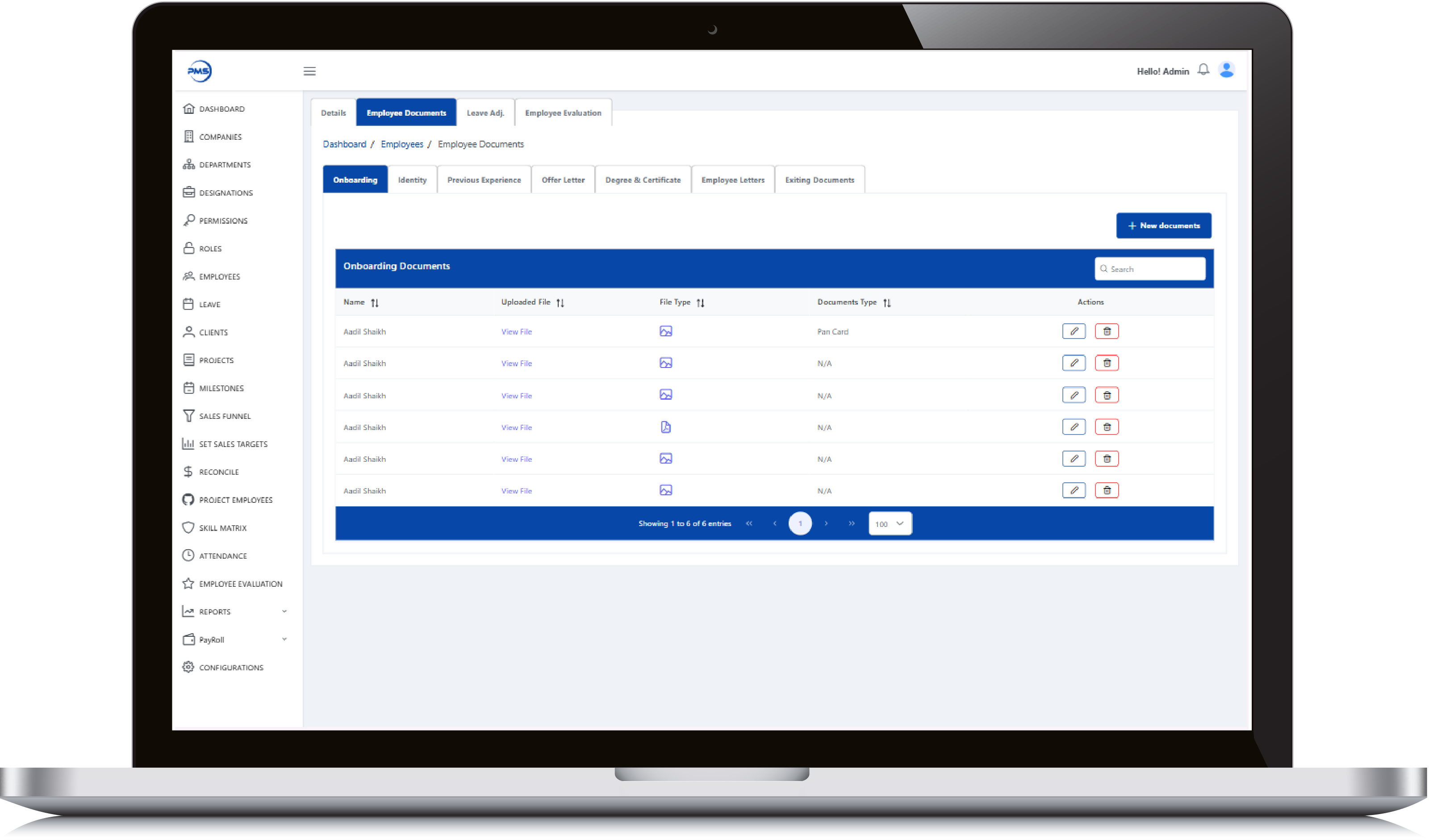
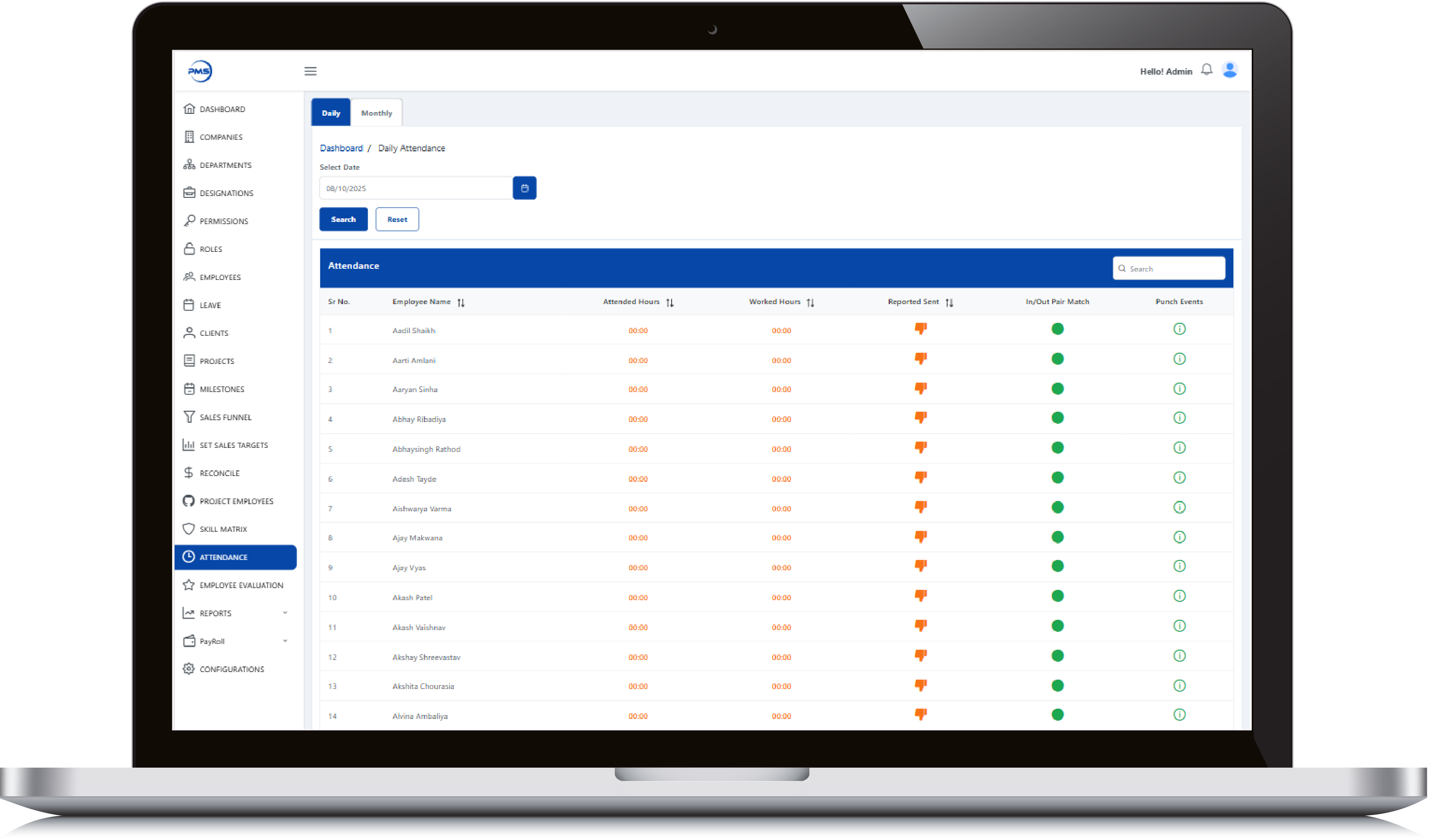
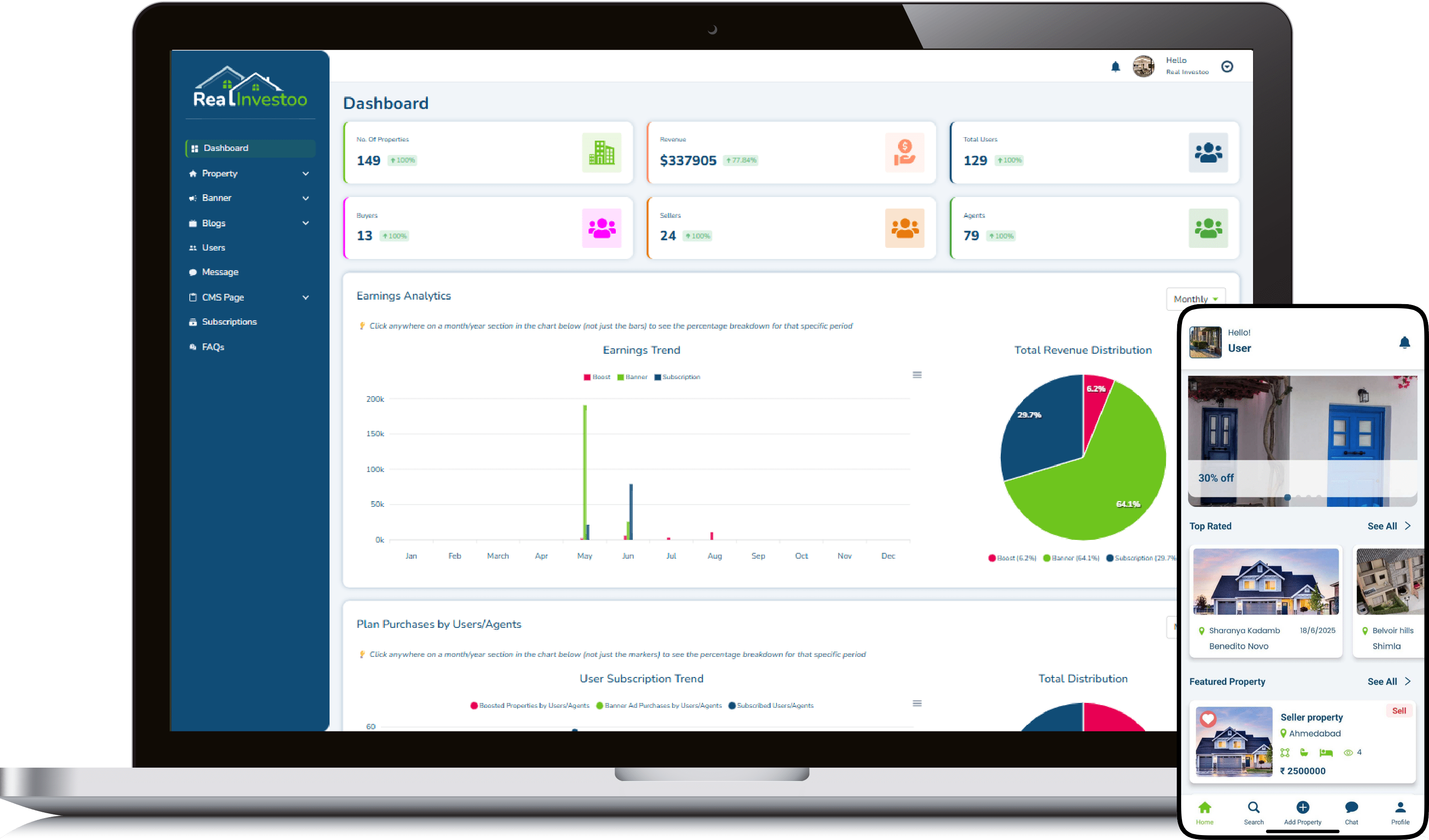
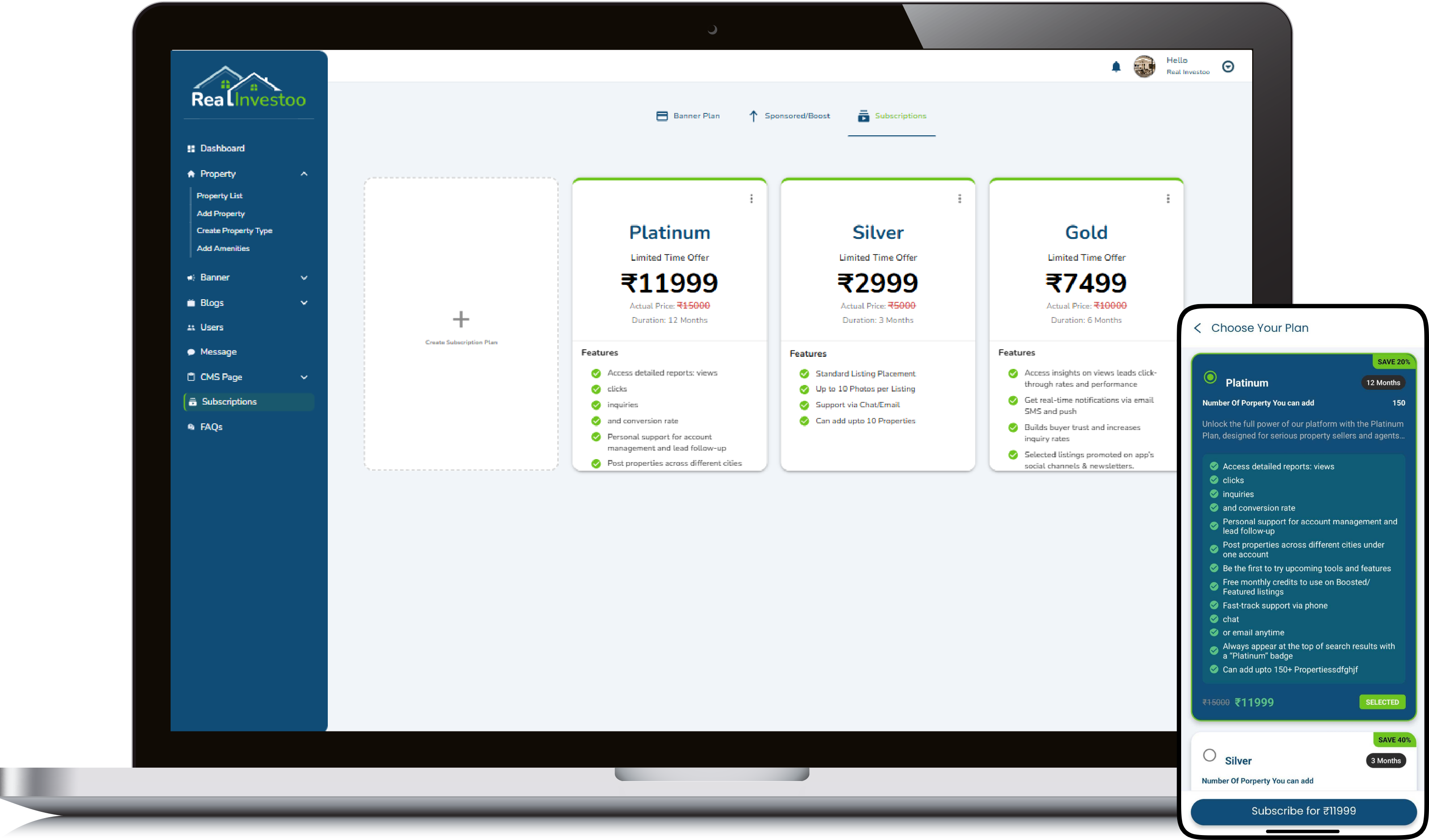
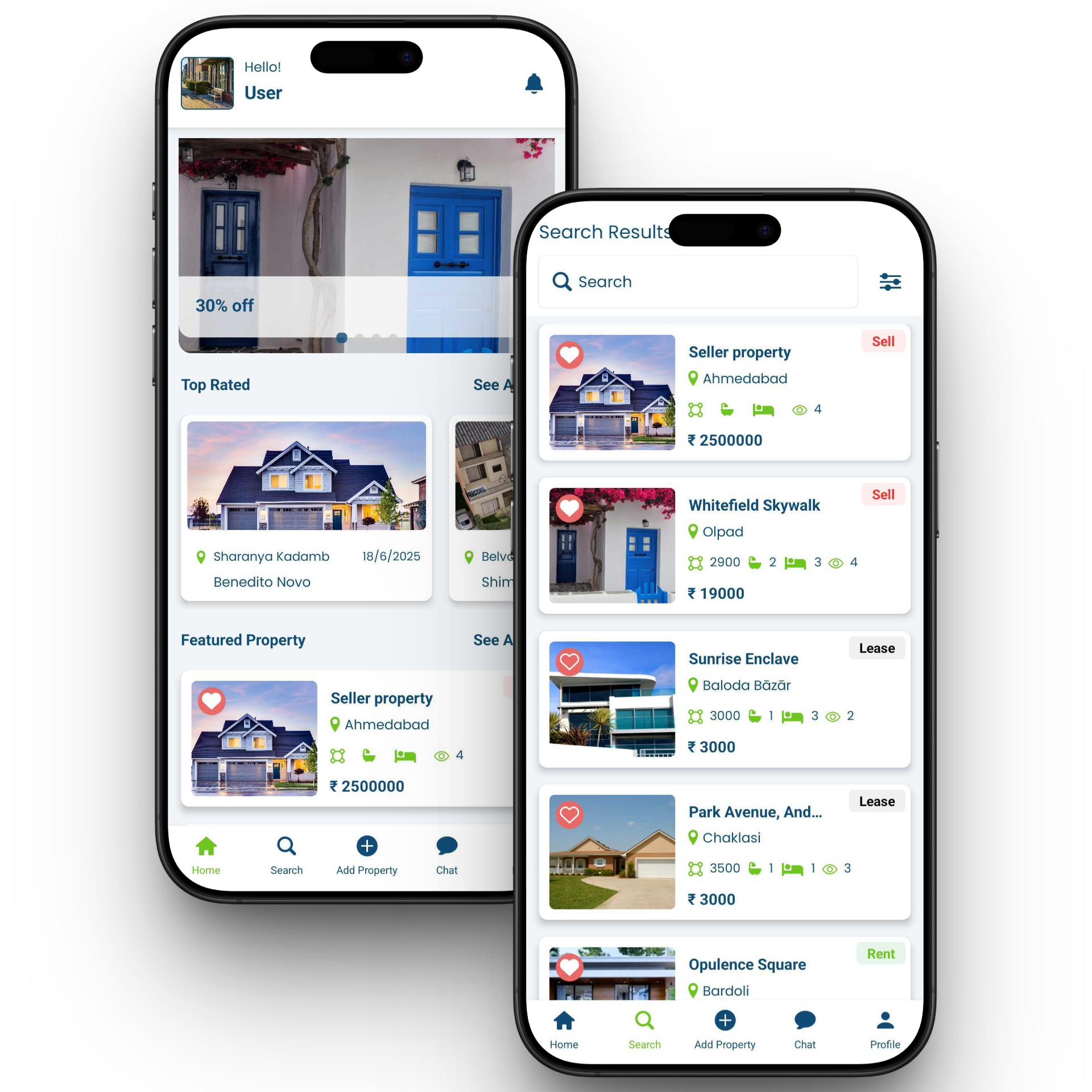
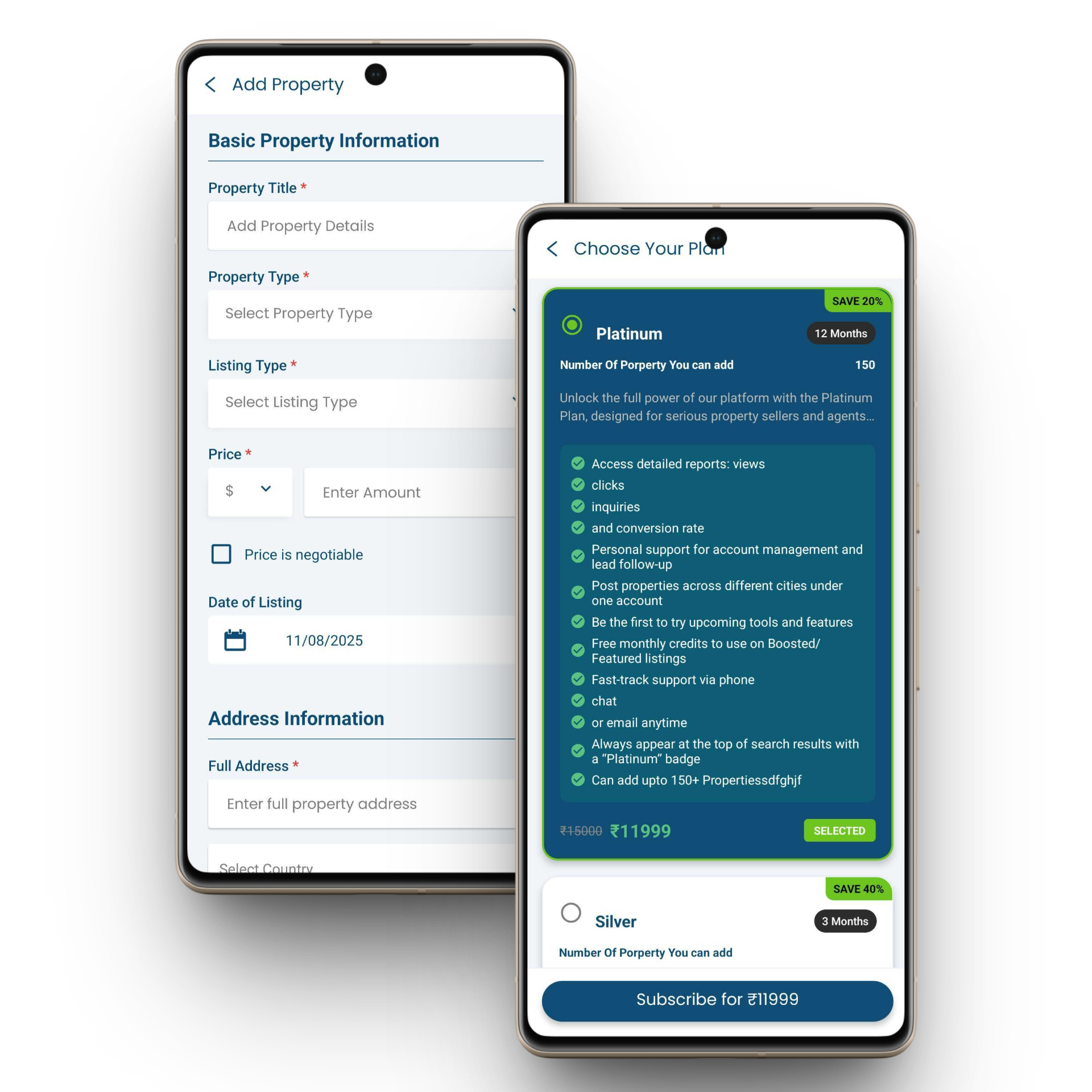

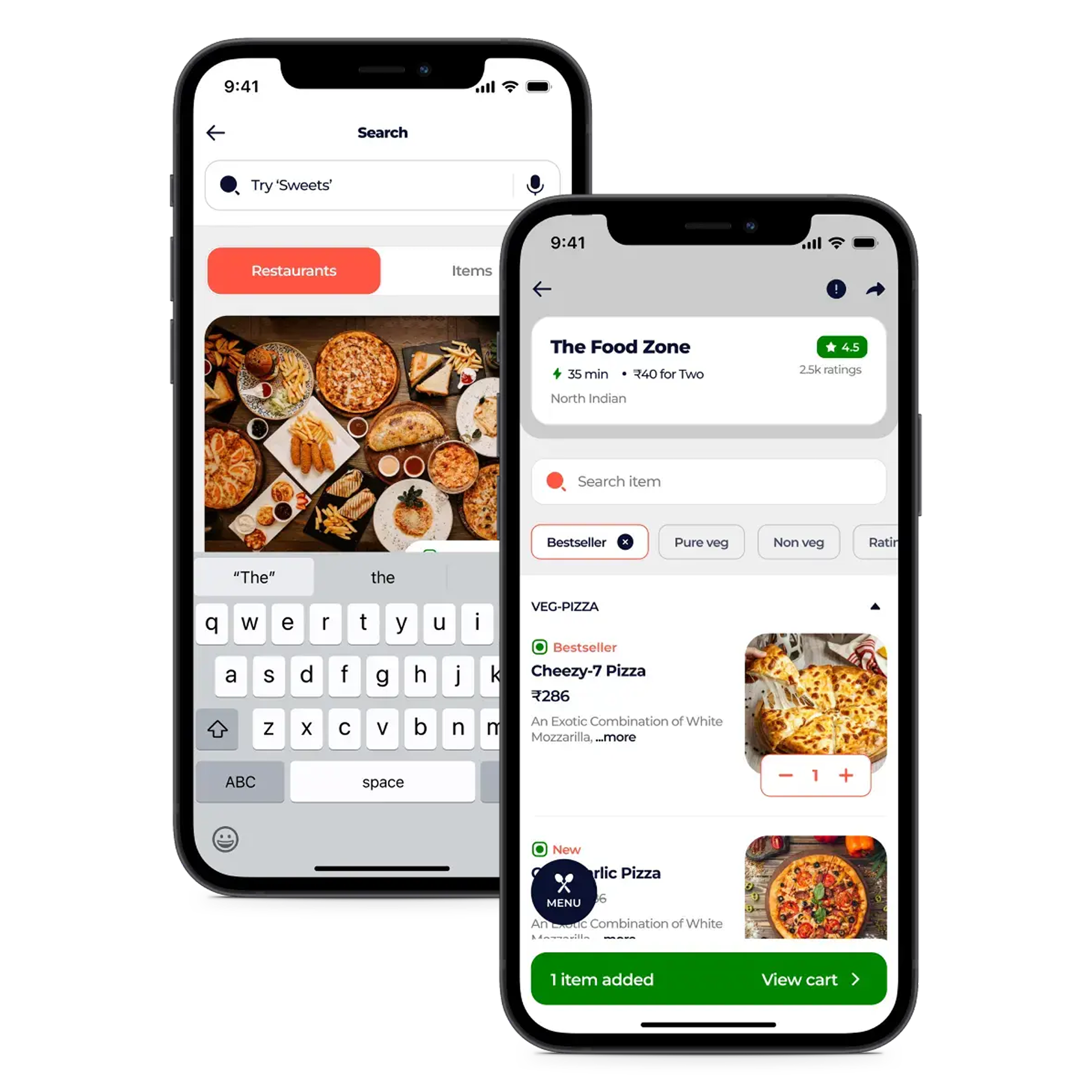
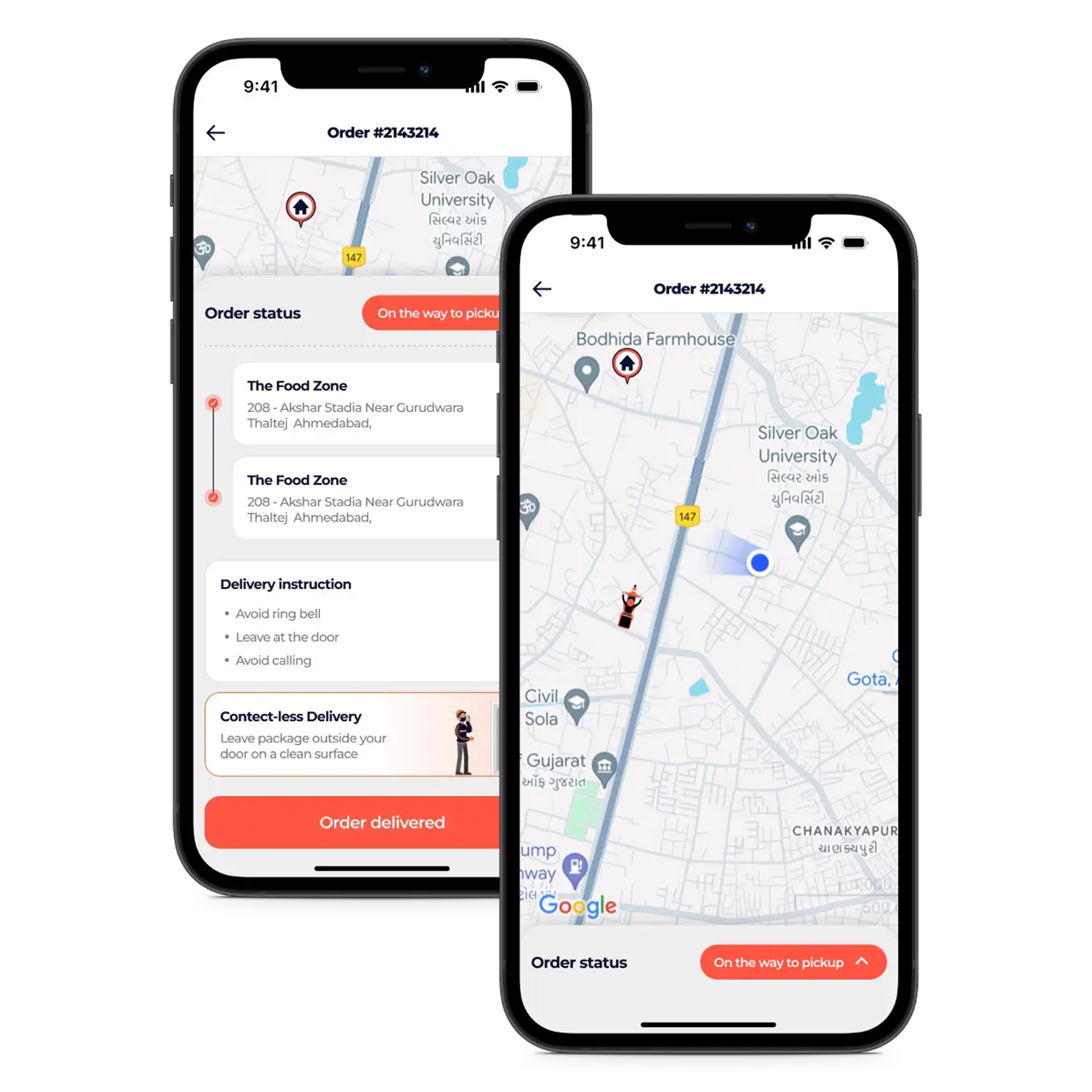
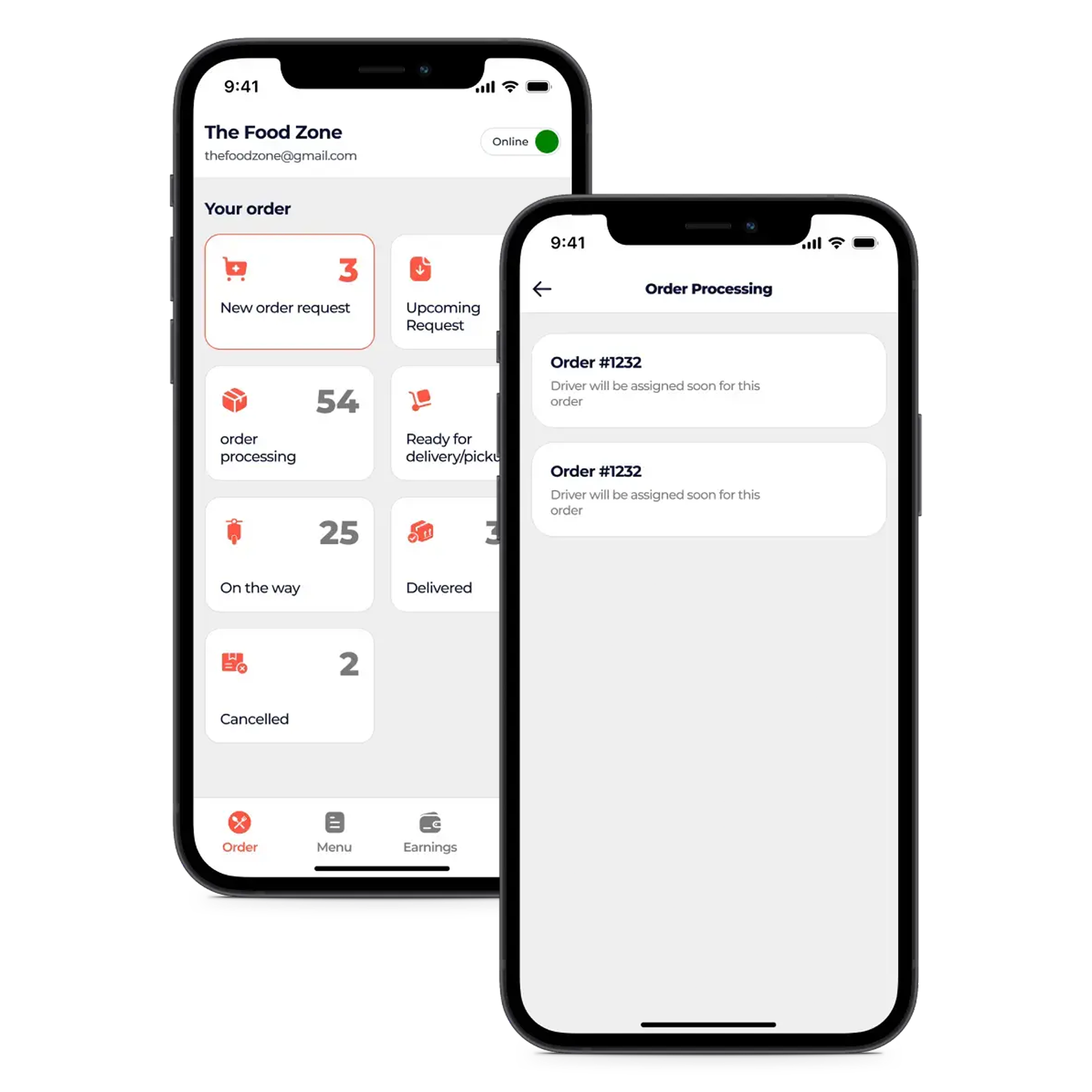
Thanks for sharing such clear knowledge on this topic. While reading, I was reminded of another post I saw on this topic, which also provides clear knowledge about AI. Here is the link:https://www.linkedin.com/posts/ankitaggarwal1990_agenticai-genai-aiexecution-activity-7346504285506965505-MvyK?utm_source=share&utm_medium=member_desktop&rcm=ACoAAFtw1zsBNqN6ih-WdSak-OVptdJeF4g2IRQ
Hi Sunny, thank you for your kind words and for sharing the LinkedIn post!🙌
We’re glad you found value in the article and appreciate you contributing another great resource on the topic of AI.
Always happy to exchange knowledge and insights with the community!
— Team Brainerhub